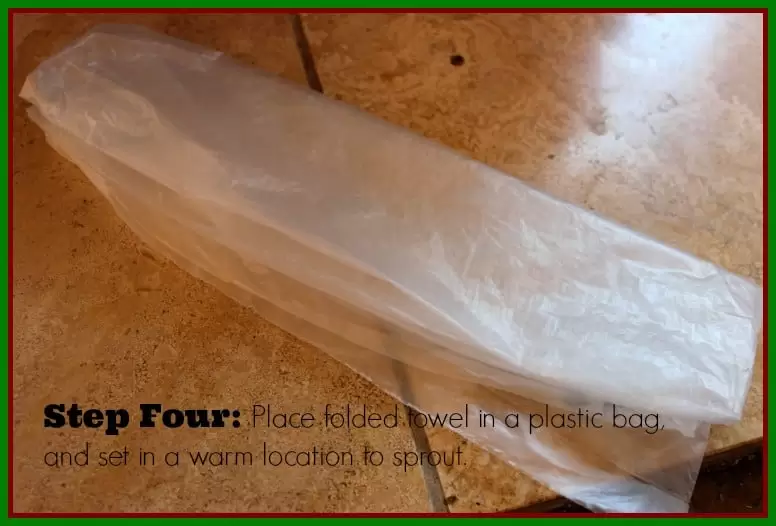
When I came to my tomato seeds, I realized that in the craziness of building last summer, I completely neglected to save seed from some of my favorite tomatoes. I still have some seed from 2011, but I am not sure how viable they are. I also made the mistake of leaving some seeds from 2013 in our outside storage trailer, and I’m concerned that the extreme cold temperatures we’ve been having may have damaged the seed. So I decided to do some seed viability tests. Here’s how:















This is great! I’ve been struggling with getting seeds started, as this is the first time I’ve tried to grow anything, ever. Now I can check to make sure I’ve not gotten some bunk seeds.
Dumb question: the “warm location” where you put the plastic bag, does it need to be in sunlight for the seeds to germinate?
No, they do not need light to germinate. It can be dark! Have fun!
I always love your posts! Pinning for later 🙂
Thanks Anber!